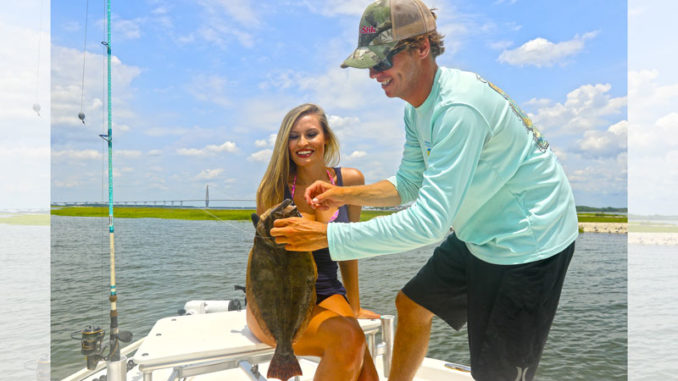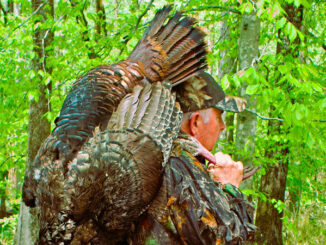
How do we know flounder numbers are down?
It’s no secret that flounder numbers are down. At least according to the Atlantic States Fisheries Management Council and every state fisheries agency along the Southeast coast.
But plenty of anglers seem to doubt those claims. And one reason is that anglers across the Carolinas claim to have caught more and bigger flounder in recent years than ever before.
It’s very possible that those anglers are correct about their recent flounder successes. But that does not discount the data collected from national and state agencies that say flounder numbers have declined.
Matt Perkinson is a biologist and saltwater angler outreach coordinator for the S.C. Department of Natural Resources. He said skilled anglers can catch their share of flounder, even when the population is in serious trouble. All it takes, he said, is for those anglers to be fishing in the best flounder habitat. When flounder numbers are down, he said it’s actually easier to narrow down where flounder are and where to catch them.
Flounder, everywhere
In a location with an abundance of flounder, Perkinson said the fish populate the most-desirable habitats, the marginal habitats and even the least-desirable habitats in an area. While this may seem to be great news for anglers, it can make it difficult to pinpoint the best spots.
When anglers can catch flounder anywhere, they aren’t really gaining knowledge of the best spots. Those fishing in the least-desirable spots when that population is high aren’t always catching the most-desirable flounder. They’ll catch enough to keep fishing there, but they’re probably smaller fish.
“Some habitats are very attractive to flounder and include features like current eddies, shell beds, a transition between mud and sand bottom — and lots of available baitfish and shrimp,” Parkinson said. “There are other, barer areas that don’t have all of these fish-attracting features. When the population is large, there will be fish in both the most-attractive and less-attractive habitats. That’s because space is at a premium.”
Habitat holds fish
But the more flounder numbers shrink in a particular area, the more concentrated those fish become on only the most-desirable spots. Knowledgeable anglers quickly realize where to fish and where not to waste their time.
“As the population decreases, fish tend to disappear first from the less-attractive habitats. Possibly because they were removed and not replaced. Or because more room became available on the most-attractive habitats, and they moved to those locations” he said.
It’s like a once-thriving county that suddenly loses some of its top employers. While the area once had plenty of people in town, on the outskirts of town, and out in the surrounding countryside, people begin leaving the area to find work elsewhere. They flock to a more desirable place to live.
In time, the most-desirable parts of the suffering county are still populated. Some jobs are still there, and the once-overpriced homes have fallen in price. This allows those who previously couldn’t afford living there the chance to do just that. The least-desirable areas lose people to the most-desirable areas. Until all the jobs — or whatever is keeping people around — completely die out, then you’ll always be able to find people there.
Trammel net surveys
So, what anglers — especially skilled anglers — are catching is not necessarily the best way to determine the overall population of a certain species of fish. Trammel net surveys, however, offer a much-clearer picture of what is happening with the fish. Trammel net surveys are conducted by fisheries biologists who set nets in a variety of areas throughout a fishery.
The SCDNR has been doing regular trammel net surveys for decades. This involves setting nets in specific locations numerous times per month. They count each species of fish, tag many of them, take samples for research, then release them. Over time, they have found that, just as Perkinson suggests, many areas that once held populations of flounder are now devoid of them. In other areas — the most-desirable ones — the trammel nets still catch plenty of flounder.
Perkinson said that even when the population is in serious trouble, it’s not evident in all areas until it is truly too late to do anything about it.
“The absolute best habitats tend to hold fish, even when the population is small,” he said. “That means a skilled angler who is fishing or gigging on the most-attractive habitats may have some success until the point at which the population completely crashes.”





Be the first to comment